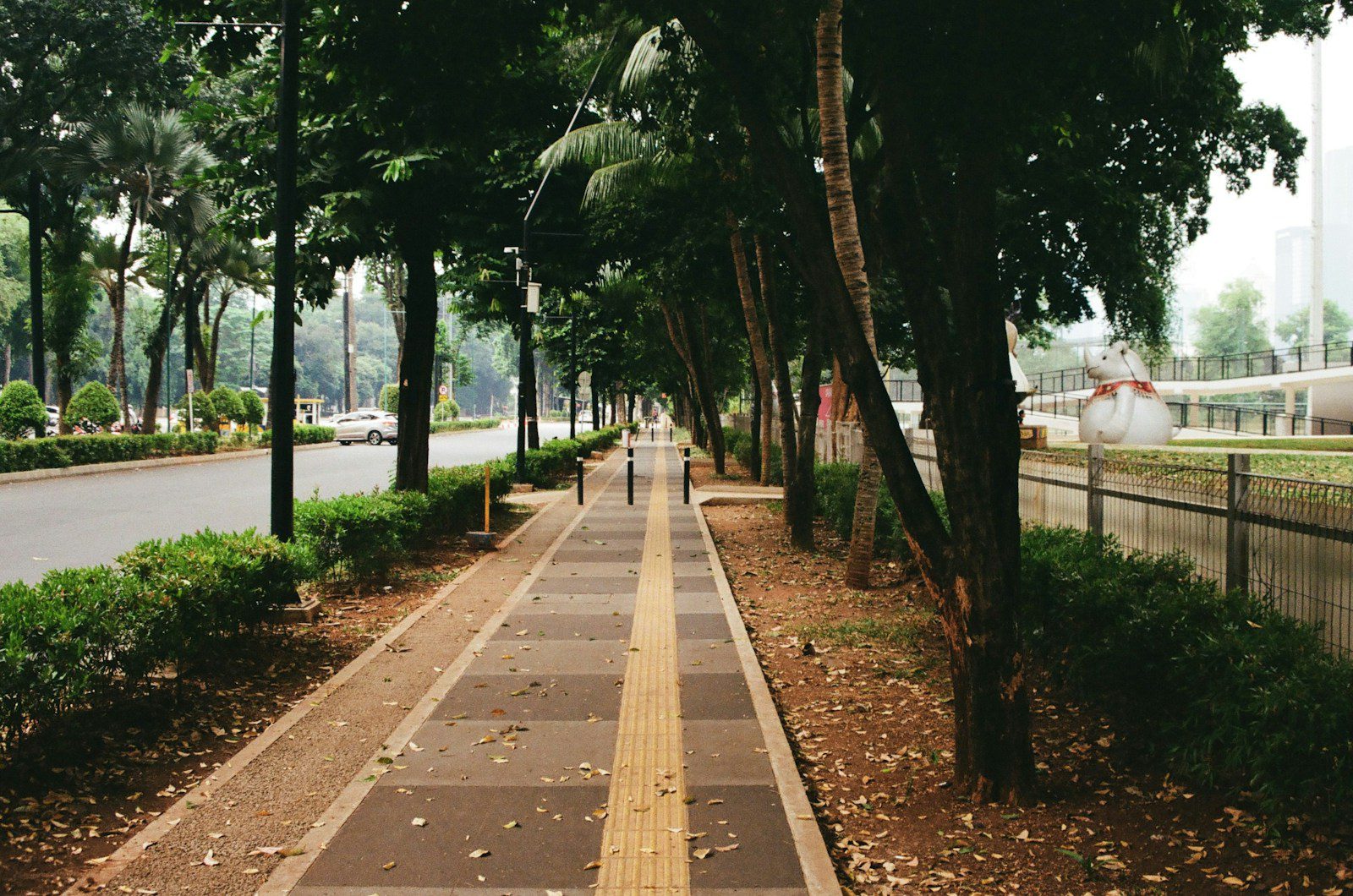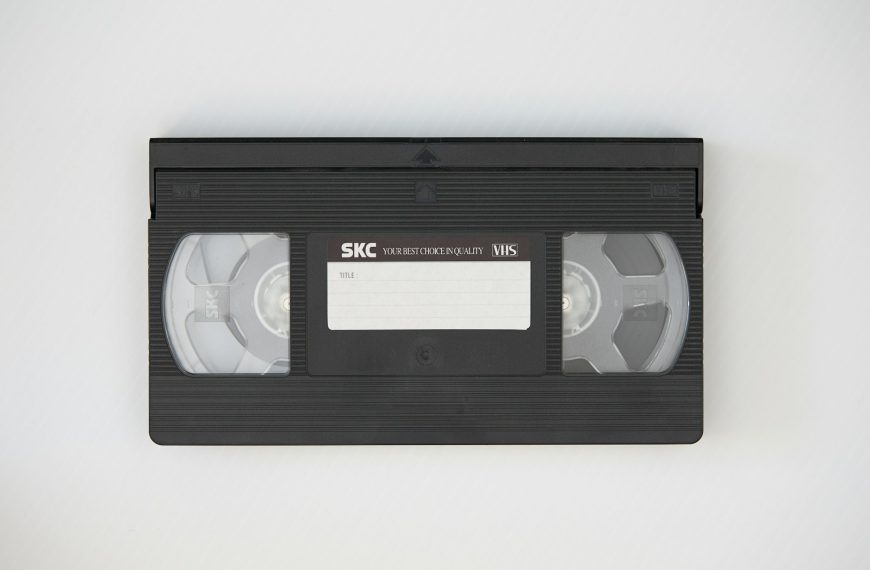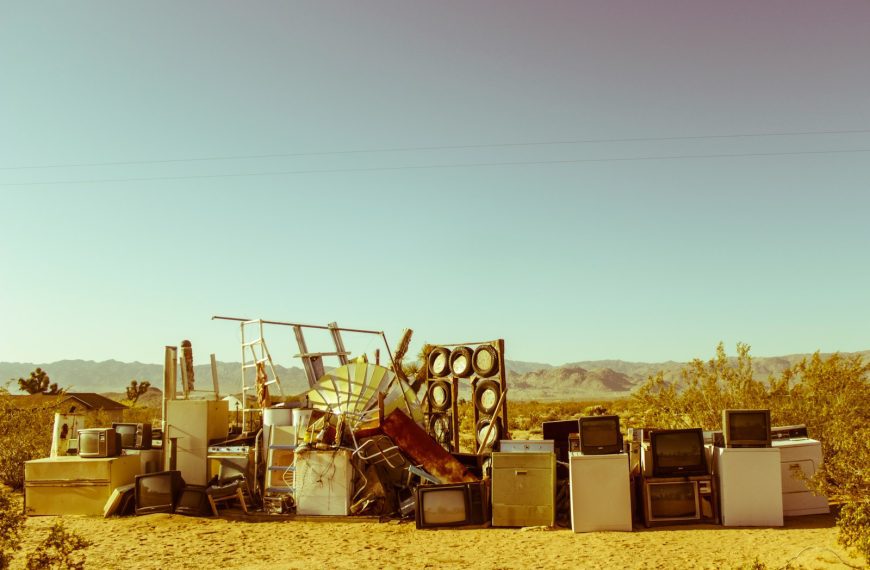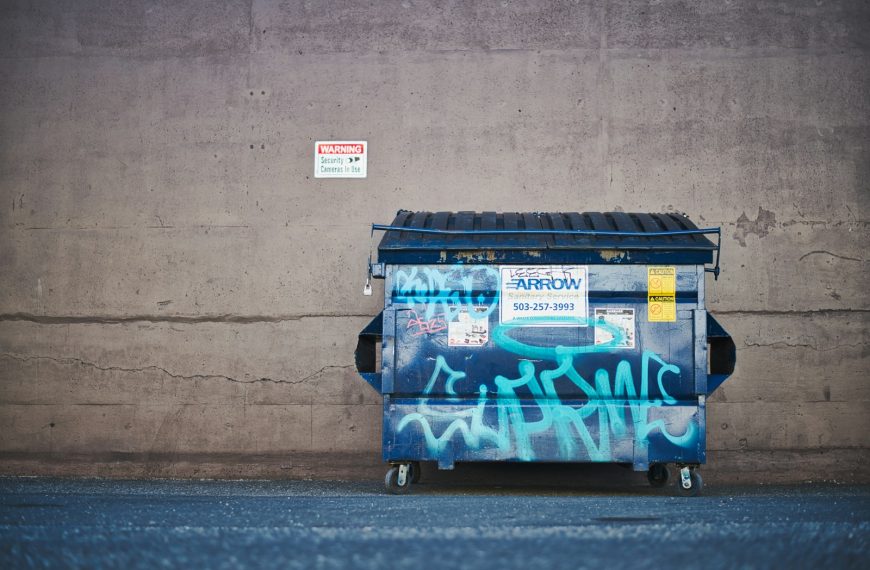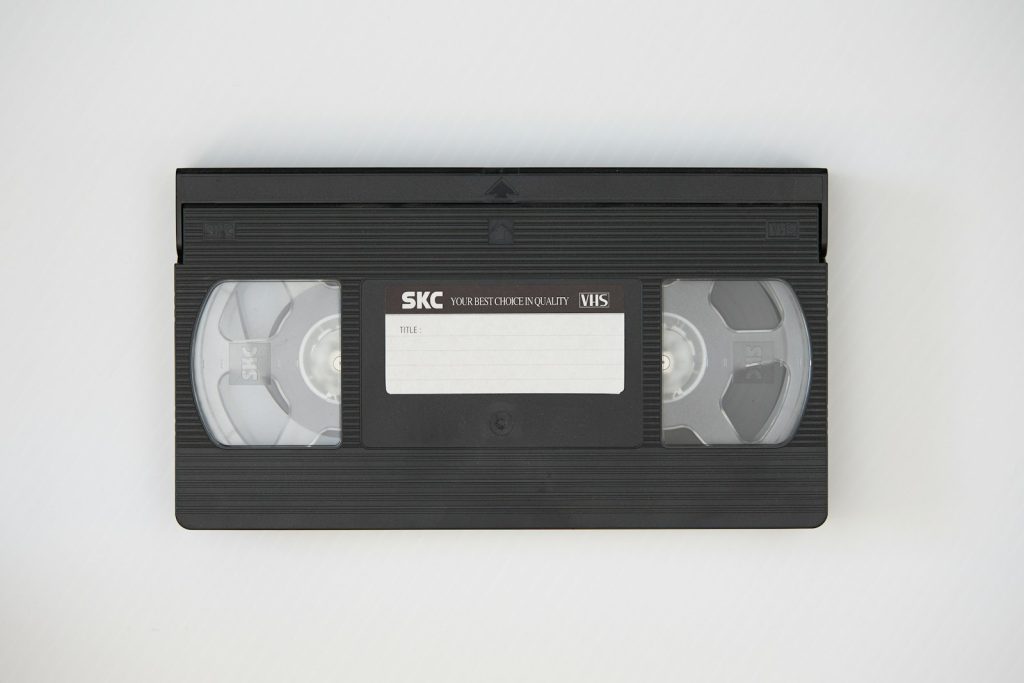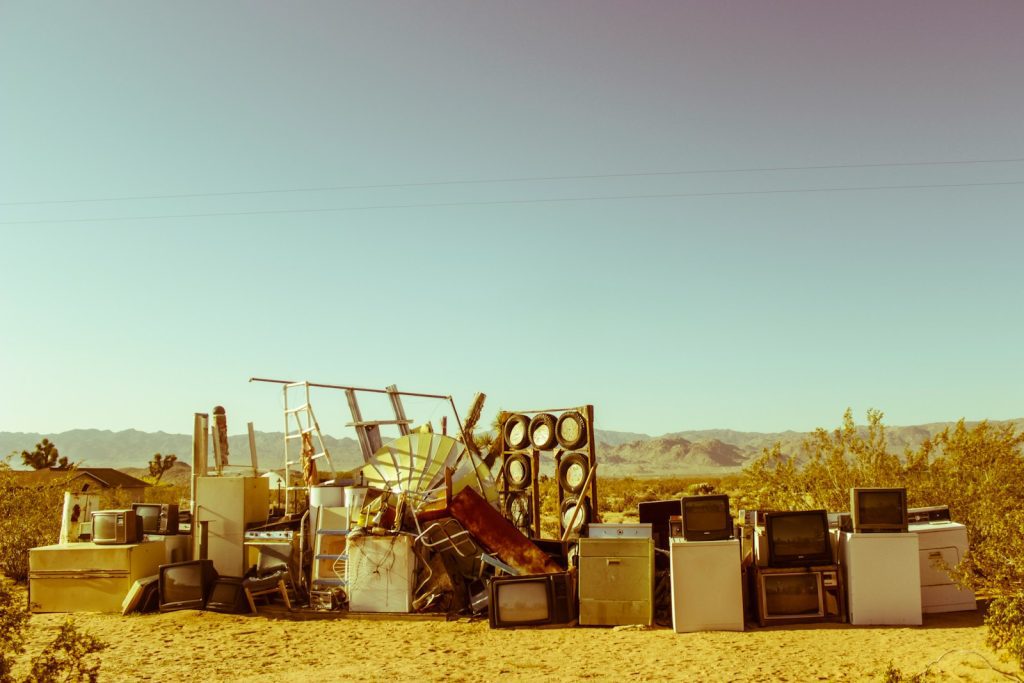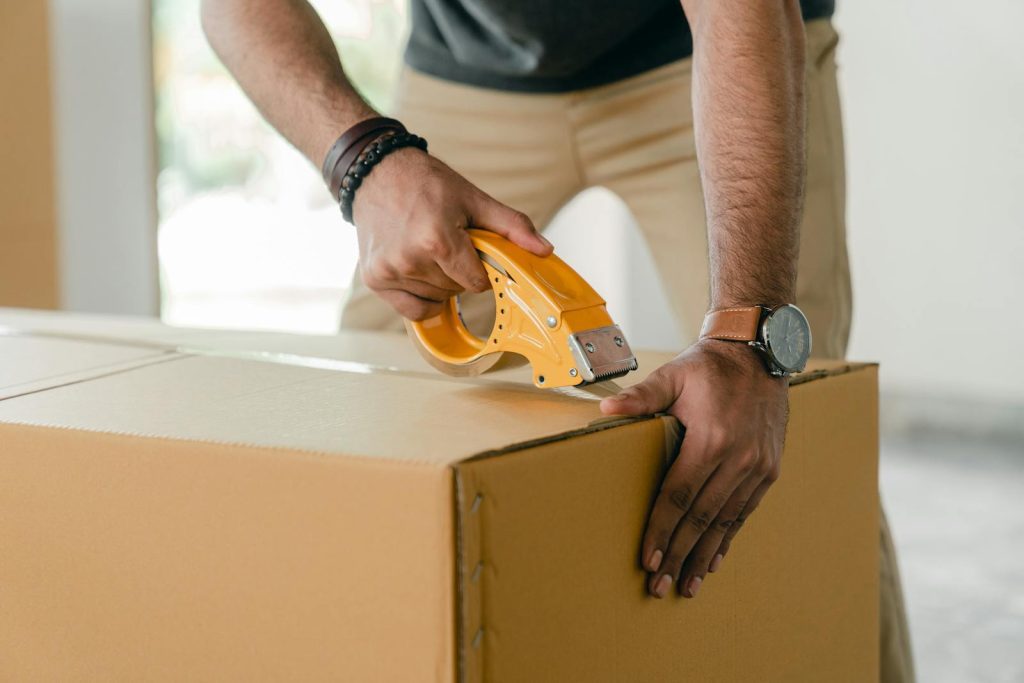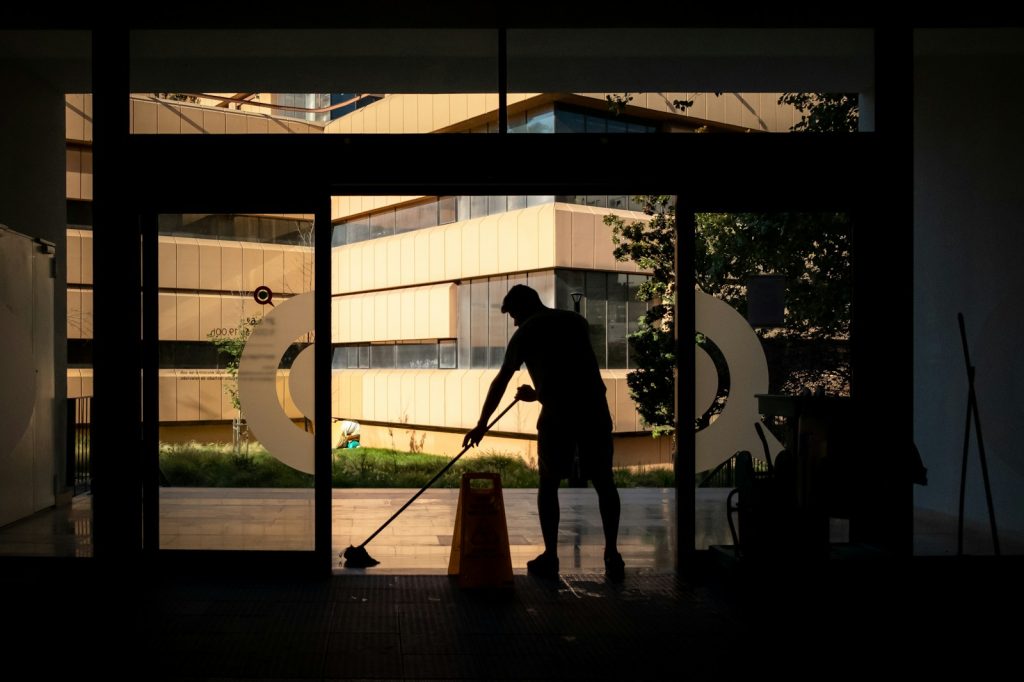When I think about what’s left on sidewalks, it’s clear that not everything is allowed without permission. Sidewalks are shared spaces, and certain items can cause safety issues or legal trouble if you just leave them there. Understanding what you can and cannot put on a sidewalk helps avoid conflicts with neighbors or local rules.
Knowing which things require permission before placing them on a sidewalk keeps you compliant with the law and helps maintain a safe environment for everyone. It’s interesting how everyday items might actually need approval to be placed in public spaces, and getting familiar with these rules can save you from unexpected fines or complications.
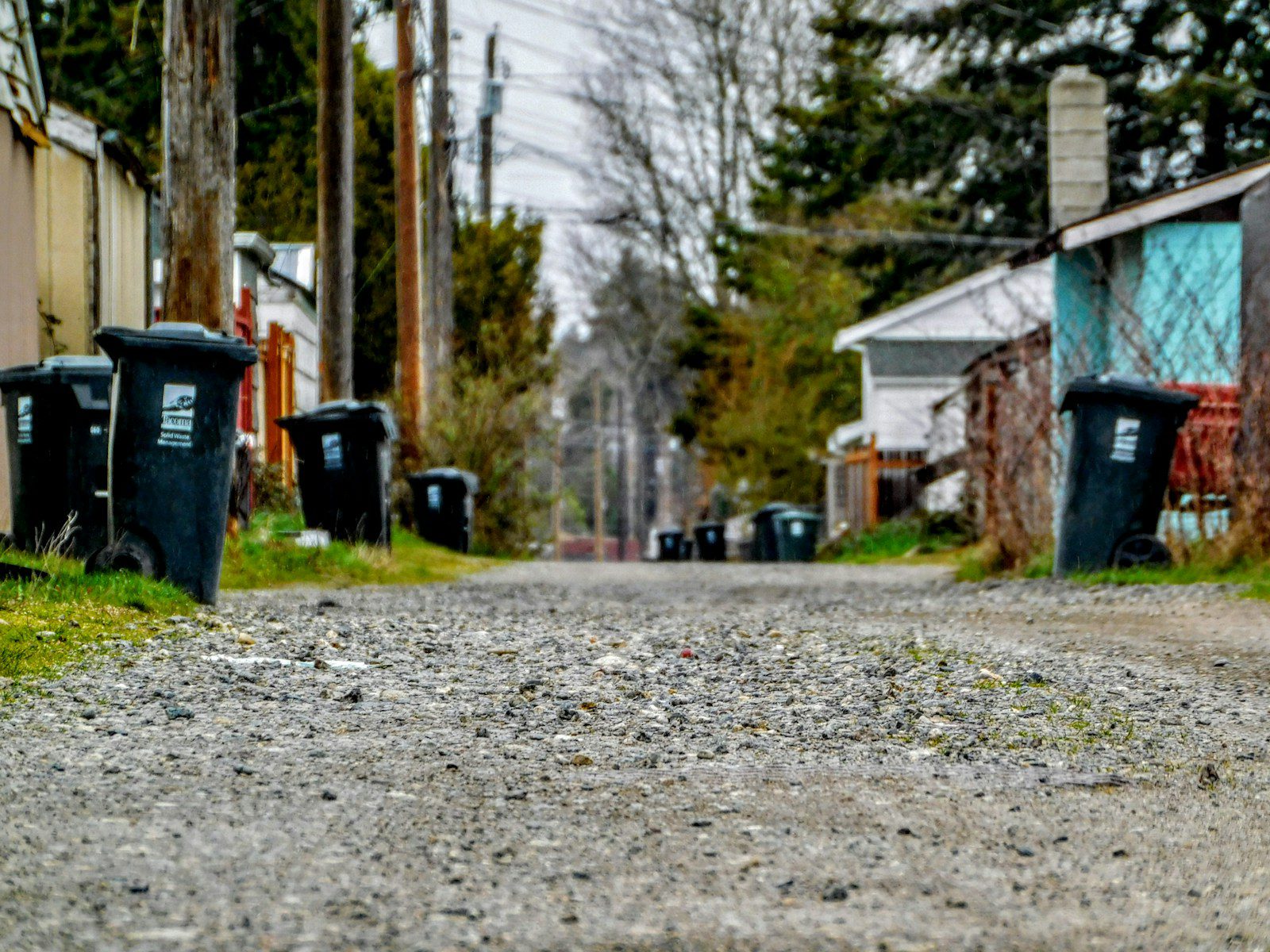
Large furniture like sofas or mattresses
When I’ve needed to put a sofa or mattress outside, I always check if I have permission first. These large items often require special handling or permits before they can be left on the sidewalk.
Mattresses and sofas can block walkways or create hazards for others. Leaving them without permission can lead to fines or removal by the city.
If I’m not sure, I contact my local waste management or city office. They usually offer guidelines or scheduled bulky item pickups, which helps avoid any trouble. For tips on dealing with big furniture, you can see Large Furniture Items That Need Extra Care When Moving.
Old electronics such as TVs or computers
I always know that leaving old electronics like TVs or computers on the sidewalk without permission isn’t a good idea. These items can contain hazardous materials and need special handling.
When I want to get rid of them, I look for certified recyclers or drop-off locations. Some stores, like Best Buy, even offer free recycling for these gadgets.
It’s important to protect personal data before recycling. I make sure to wipe any information from devices to keep my privacy safe.
Construction debris and building materials
I’ve learned that leaving construction debris or building materials on sidewalks without permission is not allowed. Items like bricks, stones, gravel, sand, and other building materials can’t be placed on public walkways.
It’s important to keep these areas clear for safety and accessibility. Before dropping off any materials, I always check local rules to avoid fines or other issues. This way, the neighborhood stays safe and clean for everyone. You can find more details about these regulations here.
Hazardous waste like paint cans or chemicals
I’ve learned that leaving hazardous waste on the sidewalk is a big no-no. Items like paint cans, especially oil-based ones, and chemicals can be dangerous for anyone who comes across them.
These materials can leak toxic substances into the environment. It’s important to handle them carefully and follow local rules for disposal.
If you have leftover paint or cleaning chemicals, I always take them to a designated drop-off or recycling center. Many communities offer special collection days just for hazardous waste. This keeps everyone safe and helps protect the environment. You can find more information on how to dispose of these items safely at hazardous waste disposal resources.
Expired appliances like refrigerators or microwaves
I’ve learned that leaving expired appliances like refrigerators or microwaves on the sidewalk usually requires permission. These items can be bulky and may cause safety concerns if not placed properly.
Old refrigerators might still hold traces of refrigerant that need special handling. Microwaves could have sharp parts or broken seals that make them unsafe to just leave out.
Getting permission helps ensure proper disposal or recycling, so things don’t end up harming the environment or cluttering public spaces. It’s always best to check local rules before placing any large appliance outside. For more on appliance disposal, you can visit this guide on what to do with old appliances.
Abandoned bicycles or scooters
I’ve noticed that leaving a bike or scooter on the sidewalk without permission can cause problems. If it’s left on private property with the owner’s okay, it’s usually fine. But on public sidewalks, these can be considered abandoned and might be removed.
Damaged or unusable bikes and scooters are more likely to be labeled abandoned. Many places have rules about how long a bike or scooter can stay before action is taken, often a few days or weeks.
If you spot one blocking walkways or access ramps, it’s best to report it to local authorities or the scooter company directly. This helps keep sidewalks clear and safe for everyone. You can learn more about handling these on sites like Parking Day.
Stacks of old newspapers or cardboard boxes
I’ve learned that leaving stacks of old newspapers or cardboard boxes on the sidewalk without permission can cause issues. These items might block walkways or create obstacles for pedestrians and delivery people.
Sometimes, people see them as clutter or even a fire hazard. I always check local rules before leaving these materials out.
Instead, I try to recycle or repurpose newspapers and cardboard at home. If I need to put them outside, I ask permission to keep the sidewalk clear and safe.
For creative ideas on reusing these materials, I’ve found helpful tips on repurposing old newspapers and cardboard boxes online.
Used tires or car parts
I’ve learned that leaving used tires or car parts on the sidewalk without permission is usually not allowed. These items can cause safety hazards and environmental problems if not handled properly.
If you need to get rid of old tires, it’s best to take them to a licensed tire dealer or a community collection event. Many dealers work with recycling centers to dispose of tires safely.
The same goes for car parts. Some parts, like lead-acid batteries, require special disposal to avoid pollution. Checking local rules before leaving any car parts outside helps keep the area clean and safe.
Discarded mattresses or box springs
I’ve learned that you can’t just leave mattresses or box springs on the sidewalk without asking first. They’re bulky and often need special pickup or disposal services.
If I ever need to get rid of one, I make sure to check local rules. Sometimes, recycling or donation options are available, but they usually require prior approval.
Breaking down the box spring to recycle parts or repurposing it into something useful is another option I keep in mind. It keeps these large items out of the trash and helps avoid fines. For more guidance, see mattress and box spring disposal tips.

